Road to War, Part 5: James Madison Embraces the American Cause
When James Madison graduated from the College of New Jersey in 1771, he was a man in search of a vocation. Madison had enjoyed studying law but did not want to become a lawyer; he had grown up on a plantation but had no desire to become a farmer and detested the slave culture inherent on a southern plantation. Fortunately, his family’s money and support allowed him time to figure it all out. Ultimately, Madison realized that his true calling was the American cause, and, to that end, James Madison devoted the remainder of his life.
In 1774, Madison began studying law simply to become familiar with how to craft legislation. That year, in response to the Boston Tea Party, Parliament passed the Coercive Acts, known in the American colonies as the Intolerable Acts, which effectively shut down the city of Boston and revoked the historic charter of the Province of Massachusetts Bay, replacing it with royal authority. This affront to the liberties of American colonists greatly disturbed Madison and pushed him further into the camp of American separatists. And when Orange County created its Committee of Safety in December 1774 to correspond with other towns and cities around America, both Madison and his father were selected as committeemen, thus beginning Madison’s long run of civic involvement.
Madison's merit was quickly recognized and when Virginians gathered in the spring of 1776 to decide upon the question of independence, twenty-five-year-old James Madison was selected by Orange County to represent the county at the convention, which ultimately led to the Lee Resolutions and the Declaration of Independence. Madison was soon appointed to the Virginia Governor’s Council and, in 1779, for the first time Madison had a chance to interact with then Governor Thomas Jefferson. The two immediately connected despite Jefferson being eight years older, and they remained close for the rest of their lives.
“Edmund Randolph.” New York Public Library.
The following year, Madison was elected to the Confederation Congress, the youngest delegate at age 29, where he served for almost four years, rarely missing a day when Congress was in session. Madison’s brilliant mind and extraordinary work ethic soon gained the young Virginian the admiration of his fellow congressmen and made him a leader in the national assembly. It was during this time in Philadelphia that he first met George Washington, then the Commander of the Continental Army, and perhaps the most influential man in Madison’s life other than Thomas Jefferson. Madison came to worship Washington almost as a father figure and the closeness and respect was mutually felt.
But while in Congress Madison also experienced first-hand the many issues with a weak central government and that experience determined Madison’s path for the next decade. Ultimately, that path led him to collaborate with fellow nationalists like Washington and Alexander Hamilton to try and create a national government capable of sustaining the growth that they felt was certain to come to the young nation. And the result of their joint efforts was the Constitutional Convention, known at the time as the Philadelphia or Federal Convention, in the summer of 1787. In Madison’s mind, the loose coalition of independent states existing under the Articles of Confederation, which Madison called “a mere Treaty of friendship,” had to be replaced with a national government strong enough to create an indissoluble union.
In early 1787, Madison sent letters to Edmund Randolph, the Governor of Virginia, and George Washington, which outlined the plan of government that Madison intended to introduce at the upcoming Philadelphia Convention. To address Randolph’s demand that state sovereignty be respected and Washington’s belief that a strong central government was critical for the country to survive, Madison crafted what he later described as a “mixed” government” using the federal principles of a strong central government with ultimate authority but with the states retaining significant power. In these letters, Madison explained that the country needed to shift from equal representation for each state to representation by population, a system that in Madison’s mind was both fair and just, and, moreover, was the only way that the larger states would ever agree to a stronger central government. Madison urged that the national government have control over the commerce of the nation and advocated for the removal of trade barriers between the various states. He also stated that the federal government must have the authority to declare state laws that conflict with federal prerogatives as invalid and felt that a national judiciary must be created as a third and coequal branch of government, a novelty that did not exist under the Articles of Confederation.
Madison further explained that the executive department should have its own agencies and officers to help it execute the laws created by Congress and be granted complete control over the militia and have the final say on all matters of national defense. Madison proposed a bicameral legislature but with representation in both chambers being proportional and based on population, not surprising given he hailed from Virginia, the most populus state. And finally, recognizing the significance of these proposed changes and the angst they would generate amongst the American people who so recently had overthrown the centralized tyranny of King George, Madison suggested that this new constitution should be ratified through conventions held in each state.
The ideas and concepts that Madison laid out in these letters were visionary. And later that summer, when Edmund Randolph at the Philadelphia Convention proposed the now famous Virginia Plan which ultimately formed the basis of our Constitution, it was largely based on Madison’s vision. As Thomas Jefferson later wrote, Madison’s unparalleled grasp of the theories of republican government “…rendered him the first of every assembly afterwards, of which he became a member. Never wandering from his subject into vain declamation, but pursuing it closely, in language pure, classical, and copious…he rose to the eminent station which he held in the great National Convention of 1787.”
Next week, we will discuss James Madison and the Constitutional Convention. Until then, may your motto be “Ducit Amor Patriae,” love of country leads me.



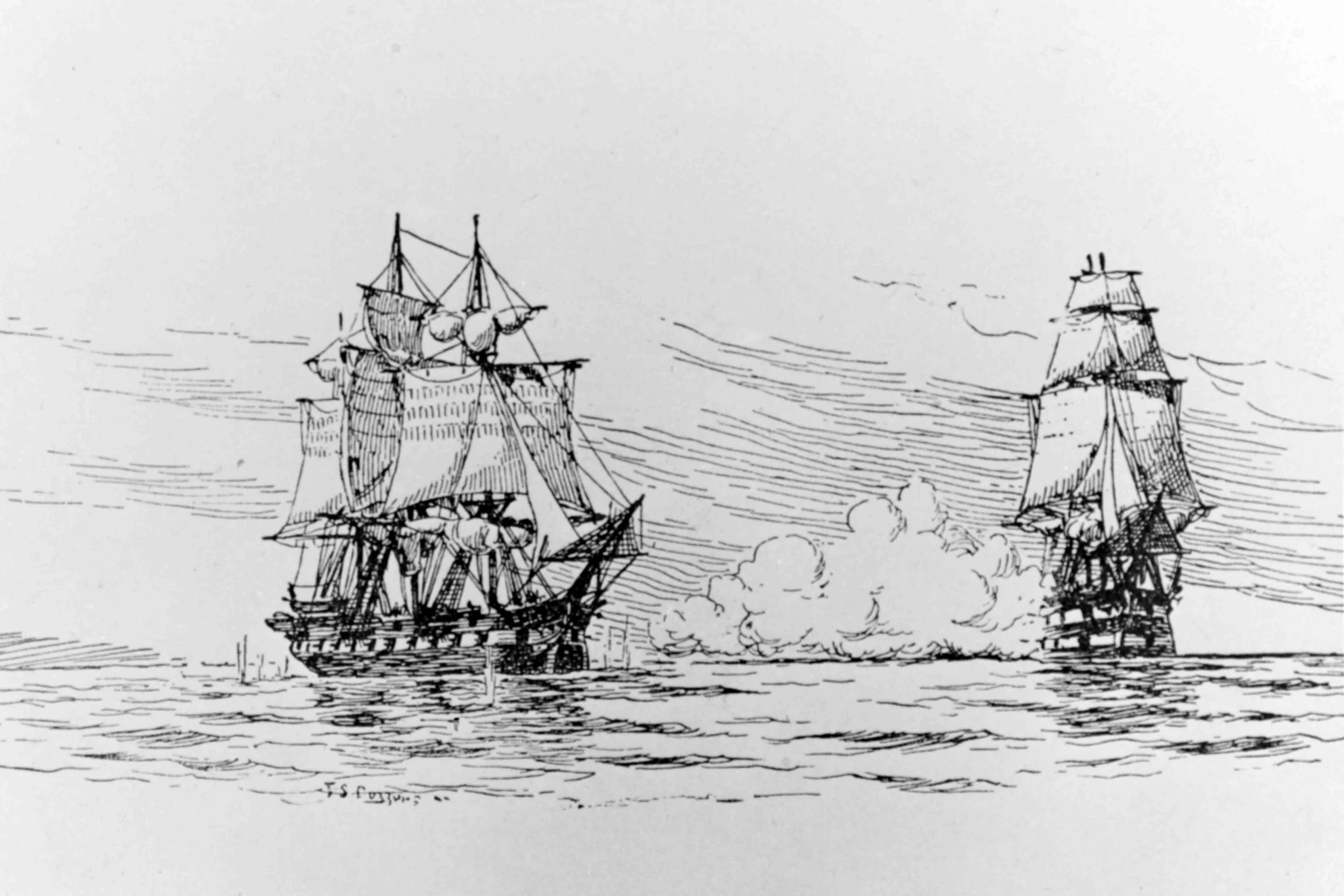



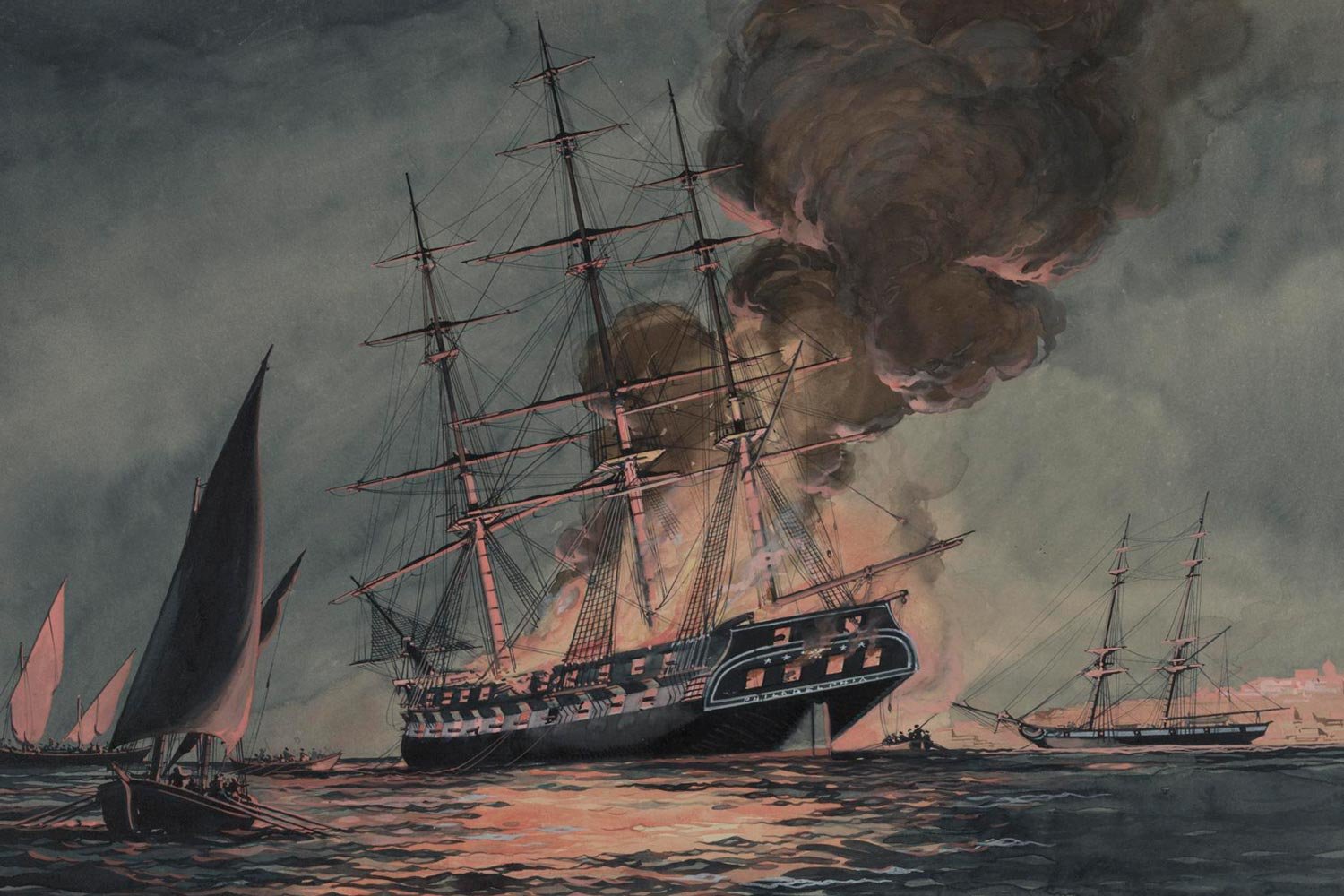
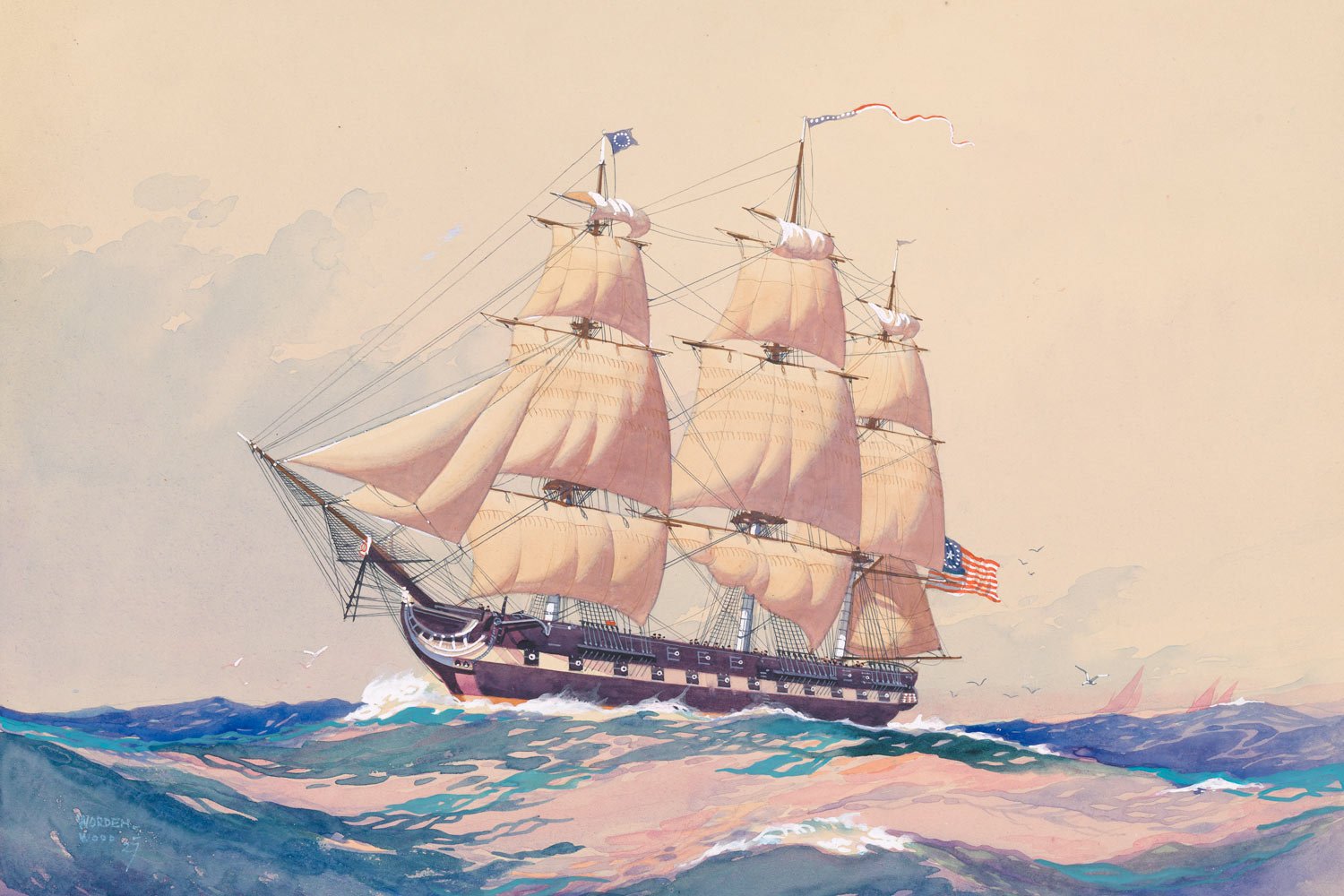

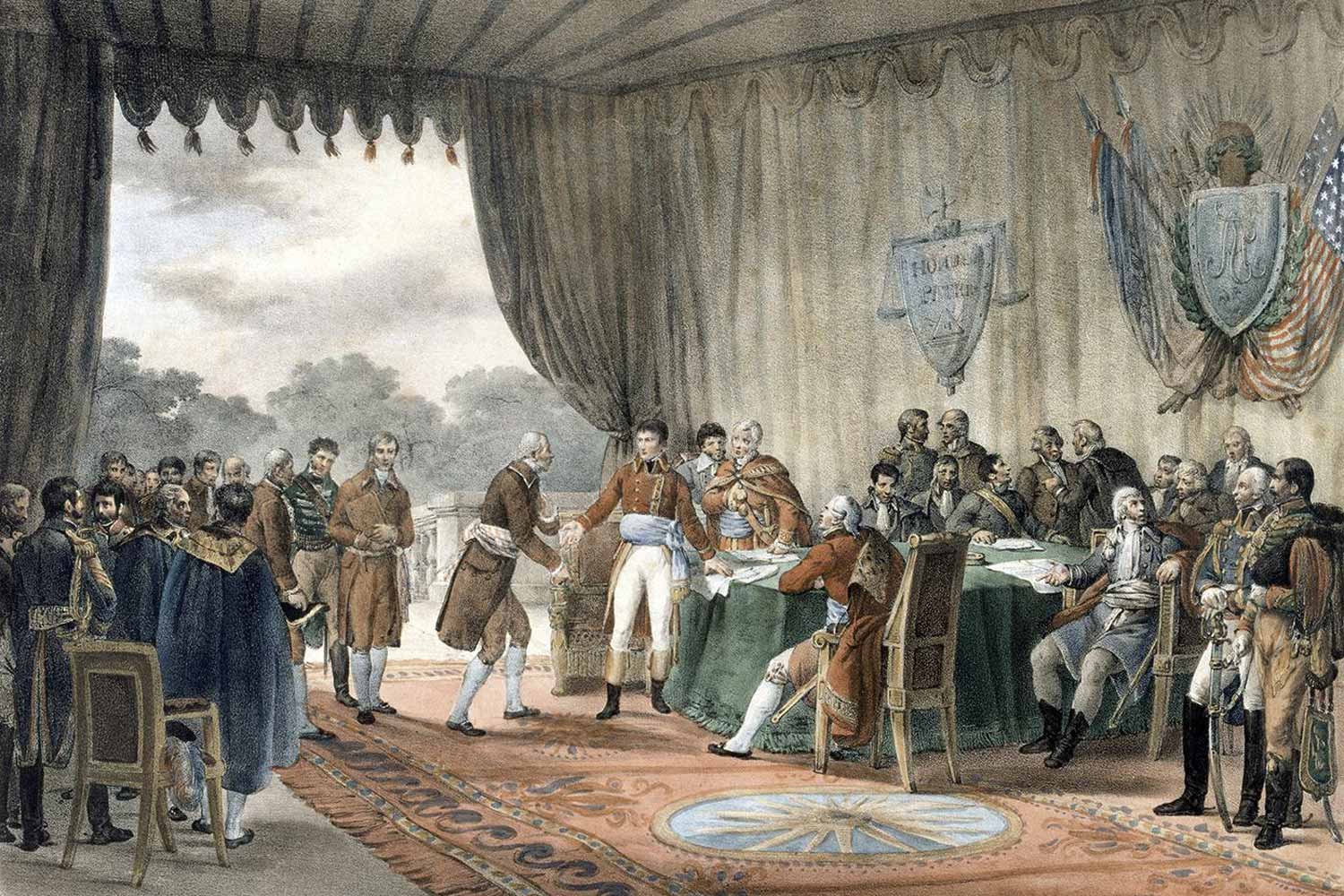
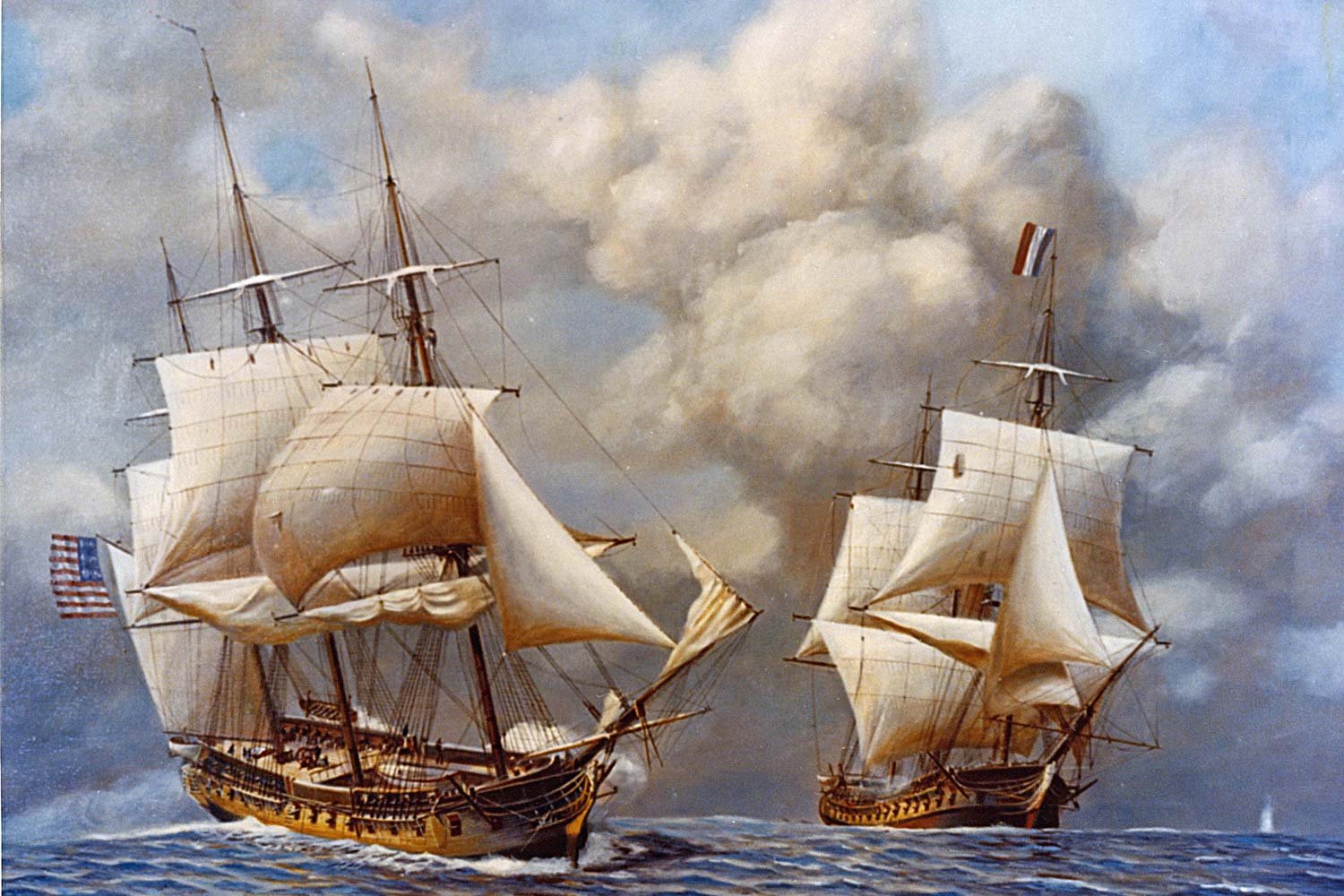
When the Democratic-Republicans came to power in the election of 1800, the Jefferson administration effectively shut down and disbanded both the United States Army and Navy. As a result, when American merchant ships were abused and seized as contraband of war on the high seas and in British and French ports during the Napoleonic wars, the United States was helpless to respond.